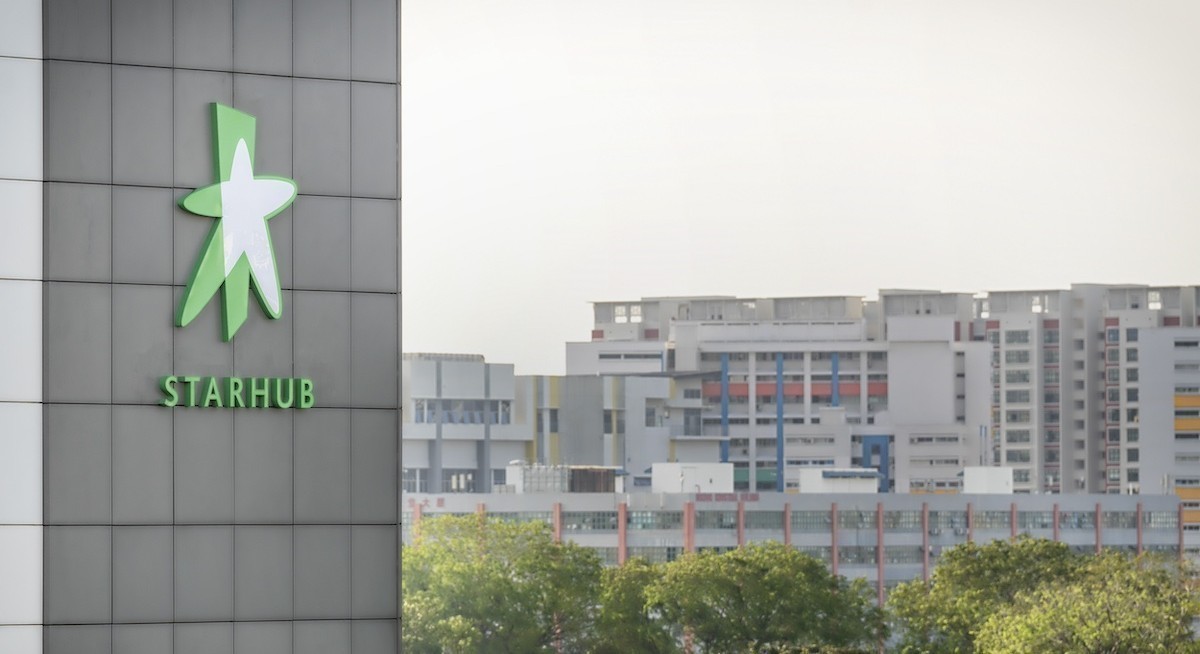CGS International has reduced StarHub’s FY2025 to FY2027 core net profit estimates by 25.8%, 21.1% and 20.0% respectively. CGSI also switched its valuation method from a discounted cash flow (DCF) model — assuming a 7.5% weighted average cost of capital and 0.5% long-term growth — to a Gordon Growth Model (ROE 17.5%, COE 8.5%, LT growth 3%), to better reflect StarHub’s medium-term profit trajectory. “This resulted in a lower target price of $1.19, from S$1.30 previously,” wrote analyst Prem Jearajasingam.
Similarly, Maybank Securities analyst Hussaini Saifee trimmed his FY2025 to FY2027 earnings forecasts by 6% to15%. However, he kept the target price unchanged at $1.10, citing a lower weighted average cost of capital (WACC) of 7.8% and reduced spectrum payments.
He notes that StarHub is likely to keep its aggressive pricing stance until the M1-Simba merger completes and network integration is finalised. This strategy will exert pressure on mobile virtual network operators (MVNOs), most of which wholesale from M1. Any MVNO exits would have minimal direct impact on StarHub’s revenue.
“As network integration progresses, quality may temporarily dip, creating a window for StarHub to capitalise on, in our view. We expect a brief period of intensified competition before eventual rationalisation by 2HFY2026,” wrote Saifee on Aug 14.
See also: SAC Capital initiates coverage on Reclaims Global with ‘buy’ call and target price of 49.7 cents
He also highlights that the Antina joint venture (JV) may see its structure revisited following the uneven allocation of 700 MHz spectrum, with two blocks awarded to StarHub and one to M1. Antina was formed by M1 and StarHub to jointly deploy Singapore’s 5G network.
StarHub says Antina’s foundation rests on equal investment and resource pooling so any change in shareholding could alter this balance. “If the JV’s structure is altered, capital expenditure could increase for StarHub as then it will have to roll-out independently,” wrote Saifee.
DBS Group Holdings analyst Sachin Mittal maintains a “hold” rating for StarHub with a slightly lower target price of $1.19, from $1.20.
See also: JP Morgan increases DBS’s TP to $70; upgrades OCBC and SGX to ‘overweight’ and UOB to ‘neutral’
He projects ebitda growth of 5% in FY2026, leading to 10% earnings growth. “This will be led by significant cost savings and a more rational competitive landscape by mid-to-late 2026. The timeline mirrors recovery periods seen in other markets after sector consolidation,” he wrote.
“We value StarHub’s core business at a 12-month forward P/E of 13 times, at a 20% discount to its five-year average of 16.4 times, to arrive at 86 cents per share excluding Ensign. The stock could re rate towards 16.4 times P/E once earnings growth trajectory is clearer in 2026,” says Mittal. He pegs Ensign’s value at 25 cents to 41 cents per share, using a 2 to 3 times forward revenue multiple, with a midpoint of 33 cents per share.
RHB Bank Singapore is keeping its “neutral” stance on StarHub, with a target price $1.06 that includes a 2% ESG premium.
“We lower FY2025 to FY2027 core earnings by 32.6%, 28% and 22% to factor in management’s revised guidance, delays in realisation of transformation benefits, and lower capex intensity in the longer term,” wrote RHB analysts in an Aug 15 note.
However, RHB notes that StarHub does not rule out “needle-moving” enterprise M&As to further scale up its enterprise business and if compelling opportunities emerge in the mobile consumer space.
As at 4.08 pm, shares in StarHub are trading 1 cent higher or 0.85% up at $1.18.




